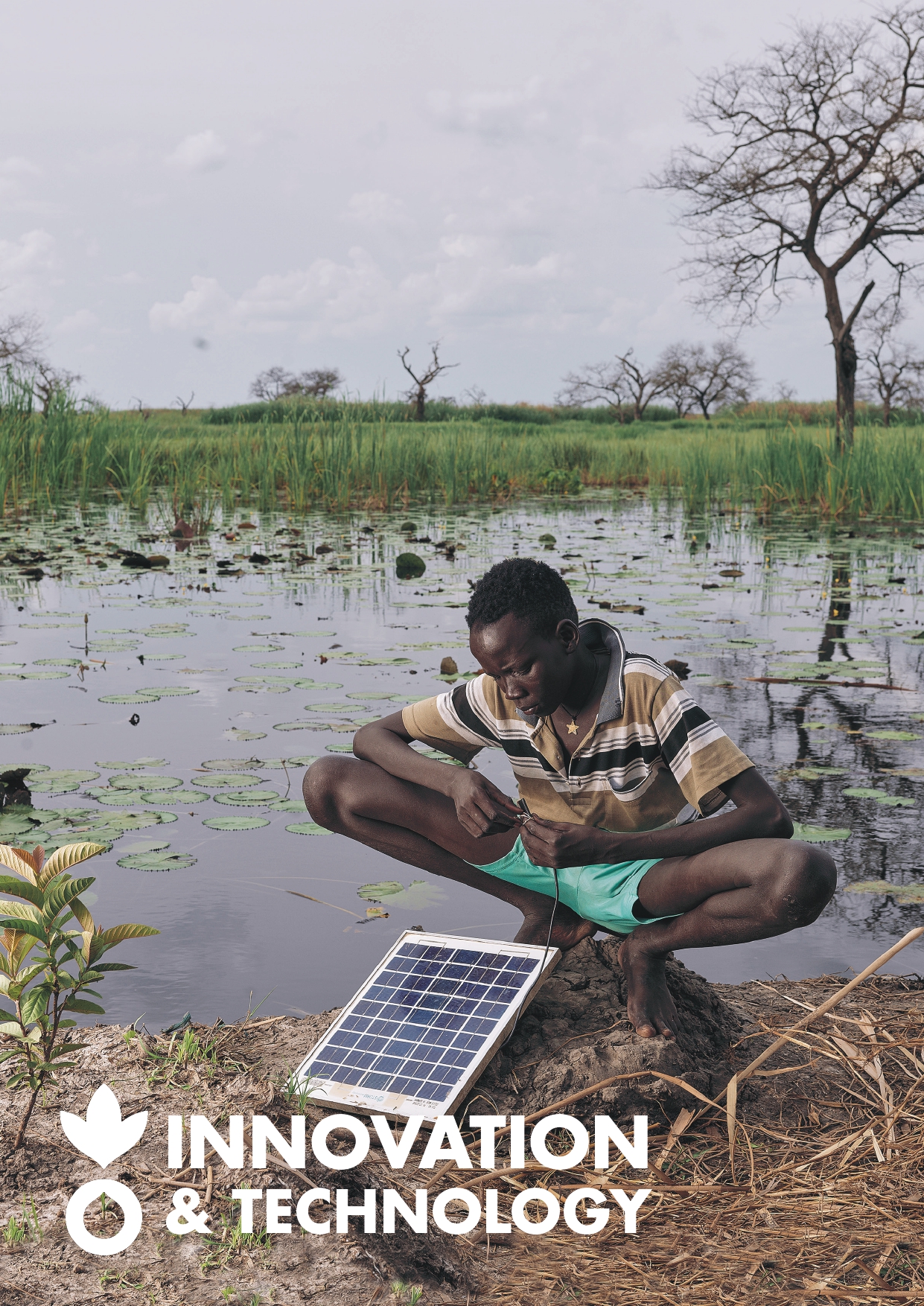Nutrition and malnutrition

Providing children with the nutrition they need means they can fulfil their potential and build a brighter, healthier future.

It's possible to create a world where everyone across the globe has enough food to not just survive - but thrive.
Hunger isn’t inevitable. We can predict, prevent and treat it. That's why we're constantly testing new innovative solutions that stop hunger in its tracks.
Discover our pioneering programmes that are helping to end world hunger for good.
733 million people go to bed hungry every night.
But a world without life-threatening hunger is possible. We can predict hunger. We can prevent it. And we can treat it.
We’re constantly assessing, improving and expanding our programme through research-backed innovation. This makes Action Against Hunger the go-to organisation when it comes to understanding how to end world hunger.
We’re transforming short-term hunger interventions into long-term sustainable solutions by:
Explore how we’ve been at the forefront in the fight against hunger – from cutting-edge malnutrition treatment to livelihood programmes in communities – we’re creating a hunger-free future for everyone.

Thirty years ago, the medical community didn’t have a cure for malnutrition. So in 1993, our medical experts created it. Action Against Hunger's team of scientists developed F100, the first-ever therapeutic formula to treat children with severe malnutrition.
Then scientists adapted this treatment to create a special peanut-based paste called ready-to-use therapeutic food (RUTF) that can bring a malnourished child from a medical crisis to full recovery in just six weeks.
We were the first organisation to test this paste full of healthy fats and protein in communities around the world. And we helped to develop the international standard for severe malnutrition treatment protocols.

With the new millennium came new thinking. Agencies working in the area of nutrition realised it would be better to treat malnutrition right where it was happening, rather than in a hospital setting.
Through the Community-Based Management of Acute Malnutrition (CMAM) approach, we can reach even more children in need and since patients remain at home or in local health clinics.
As a result, since 1990, the proportion of malnourished children globally has been cut in half. But we still need to do more. And to do so, we’re working on even more innovations and new technologies.
We’ve created a simple smartphone app for diagnosing life-threatening hunger with just a photo. The SAM (Severe Acute Malnutrition) photo app compares the body shape of a malnourished child with that of a healthy child to decide if they need lifesaving treatment with ready-to-use therapeutic food. It’s a quick and easy way to diagnose malnutrition.
And we’ve tested a new way to reach more children by training community health workers to diagnose and treat malnourished children in their communities. The approach we’ve used is called iCCM+.
It means we can get to more children, more quickly and improve results for less money.

We’re all seeing more and more extreme weather events that destroy homes and crops. But what is less well-known is the climate crisis has become a big cause of rising hunger around the world.
That’s why we’re also developing early warning systems to help us predict problems likely to face farmers and pastoralists. To do this we need accurate, real-time data from the field.
We’ve created a system that enables early identification of shocks, such as drought or a global health pandemic. This means we can share vital information with local producers, communities, policymakers, other charities and non-governmental agencies so they can take fast and effective action to avert crises.
We know there is a link between water reserves, health and children becoming malnourished. If we can unlock it and understand it, we believe we will be able to prevent hunger better.
The HydroNut project is a surveillance system that monitors groundwater and rainfall data. We then compare this information with nutritional, health and food security data.
This will help us develop a system capable of providing early warnings for acute malnutrition based on rainfall and water table levels.
Evidence is the foundation of all we do. Our goal is to test our innovations and ensure they work. Then we share our research with others, so they can adopt our new and better ways of working.
One way we do this is through our Learning Hub, which brings together all sorts of learning from Action Against Hunger staff all over the world, in the form of articles, blogs, videos, audio, and more.

Providing children with the nutrition they need means they can fulfil their potential and build a brighter, healthier future.

Rising temperatures and extreme weather are having a huge impact on already vulnerable communities.

Most people facing hunger and malnutrition in the world today can be found in countries affected by conflict.

Every day, more than 2,000 children die from hunger-related causes. This proposition paper outlines the devastating effects of malnutrition and what Action Against Hunger is doing to combat it.

This proposition paper outlines how Action Against Hunger is working to find new, innovative and effective treatments to reach more children and tackle increasing world hunger.